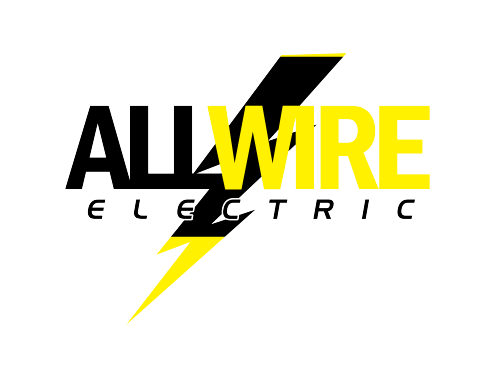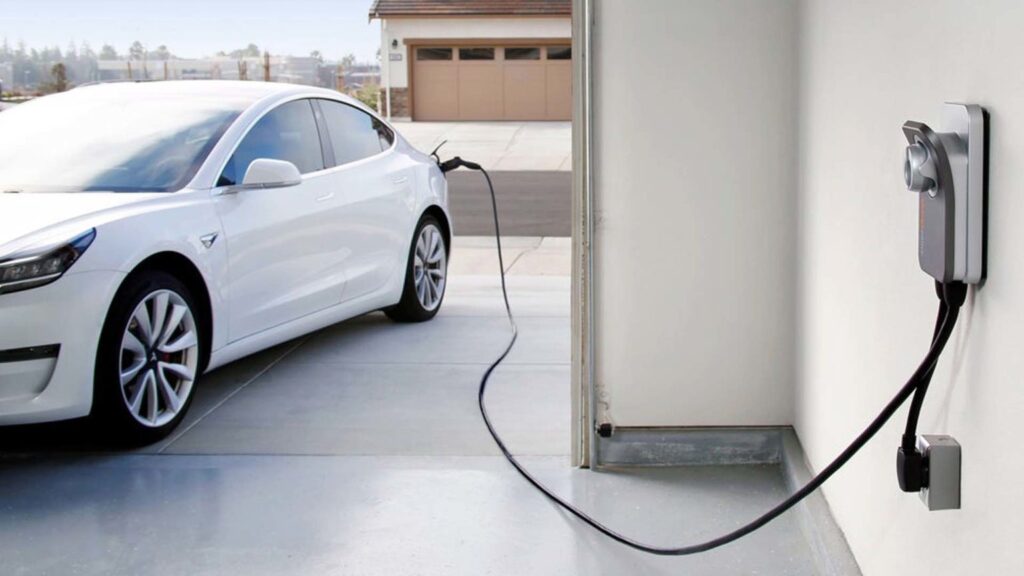The 80% rule in EV Charging recommends keeping an electric vehicle’s battery charged between 20% and 80% of its capacity for most daily use. The idea is to avoid charging to 100% or letting the battery drop below 20 %, since these extremes accelerate wear on lithium-ion cells.
Why Follow 80% Rule in EV Charging?
Battery Longevity
Charging to 100 % pushes the battery to its upper voltage limits, increasing internal stress and chemical degradation. Over time, this contributes to reduced capacity and range. Staying under 80 % helps avoid that stress and prolongs battery health.
Faster Charging Efficiency
Most EVs slow charging significantly after 80 %. For example, the Hyundai Ioniq 5 charges from 10 % to 80 % rapidly, but the final 20 % takes much longer. Avoiding the slowdown saves time and reduces wear.
Room for Regenerative Braking
When the battery is full, there’s no buffer to store energy from regenerative braking. Charging only to 80 % ensures room for captured braking energy.
How to Use the 20–80 % Rule in Daily Life
Simple Daily Charging
Use your EV’s settings (or mobile app) to limit maximum charge to ~80 %. Most brands like Tesla, Ford, BMW, Hyundai, and Chevy support this feature.
Avoid Deep Discharges
Once your SOC nears 20 %, plug in to avoid chemical stress from “deep discharge.” The battery management system will prevent you from hitting true zero.
Use Full Charges When Needed
For long trips or cold weather, it’s fine to charge to 100 % occasionally. Just don’t make it routine.
Backed by Science & Industry Wisdom
- EV batteries degrade slightly each year, on average ~1.8 %, so limiting stress helps maintain capacity over time.
- Manufacturers consistently include daily charge limiting features (Tesla calls it “daily limit,” Ford/BMW/Hyundai do similarly).
- While some suggest limiting to 50 % SOC further extends long-term storage stability, most drivers find 20–80 % strikes a better balance between range and battery health. Click here to read more about it.
Practical Tips for EV Owners
- Set your charge cap at 80 % using your vehicle’s settings or app.
- Charge before hitting 20 %, not after. This avoids deep battery stress.
- Use fast charging sparingly, frequent DC fast charging can slightly accelerate degradation.
- Monitor operating temperature, charging in very hot or cold weather can heat the battery and affect longevity.
- Plan occasional full charges when longer range is critical, such as for road trips or extreme weather.
Key Takeaway
The 80% rule in EV charging is less a strict order and more a smart guideline, charging to around 80 % daily and avoiding full charges helps strike the perfect balance between convenience, range, and battery longevity. By adopting the 20–80 rule, you give your EV battery the best chance to stay healthy for years,and maybe even decades.
Need an EV Charging Station Installed?
Whether you’re a homeowner, business owner, or fleet manager, having a reliable, optimized EV charging solution is essential for maintaining battery health and efficiency. If you’re ready to apply the 80% rule in EV charging.
Contact Us Today For!
- Smart EV charger installations
- Home & commercial setups
- 80% rule–friendly programmable chargers
- Fast and affordable service
Our Service Areas
Adopting the 80 % rule in EV Charging is a smart, science-backed strategy to protect your EV’s battery and optimize performance. It reduces wear, improves charging efficiency, and leaves room for regenerative braking. Whether you’re commuting daily or planning occasional road trips, this habit ensures your vehicle stays healthier for longer. Charging smarter not only saves time and money but also extends the life of your investment. Make the 20–80 rule part of your EV routine, and drive confidently into the future.

